 Carter Horsley
Carter HorsleyDec 23, 2011
Carter's Review
One of the city's important Art Deco residential buildings and one of the city's first major mixed-use buildings, this 24-story tower has been a prominent landmark on the Upper West Side since it was erected in 1929.
Originally built to house a museum for Russian-born artist, Nicholas Roerich, a school, an auditorium and a restaurant in a residential hotel, the building was designed by Helmle, Corbett & Harrison and Sugarman & Berger.
The design by architect Harvey Wiley Corbett was related to his earlier design for One Fifth Avenue in its general massing, and to an unbuilt project by him and architects Wallace Harrison and William H. MacMurray known as the Belden project.
Hugh Ferriss, the great and highly influential architectural draftsman, once praised the Belden project as "a significant departure" from the conventional, "theoretical, applied and two-dimensional" triad of base, shaft and capital, one that moved toward a "three-dimensional, inherent and self-evident" massing.
In their book, "New York 1930, Architecture and Urbanism Between The Two World Wars," (Rizzoli International Publications, 1987), Robert A. M. Stern, Gregory Gilmartin and Thomas Mellins observed that at the Master Apartments "the handling of the transitions between the base and tower was particularly adept, as square and chamfered corners established a sprightly syncopation against the more thunderous beat of the central masses."
"The rooftop silhouette of the building's chimneys, a replacement of the original scheme's stepped pyramidal roof, constituted one of the most memorable skyline features of the period. Color was also an important ingredient of the building's success: the shaded brick, carefully graded from dark at the base to light at the top, suggested to Ferriss "a kind of growth...," the authors added.
In their book, "The A.I.A. Guide to New York, Third Edition," (Harcourt Brace Jovanovich, 1989), Elliot Willensky and Norval White noted that Roerich, whose museum is no longer in the building, "seems to have been responsible for the idea of shading the building's brickwork from a purpled base to a pale yellow top," adding that "Wind-borne soot has all but eradicated the color change."
Although the redevelopment of Riverside Drive stalled during the Depression leaving it mix of low- and mid-rise buildings, the Masters Apartment building is the solitary exception that soars above its general cornice line, but because it held to the building line that "break" is quite acceptable. Indeed, for decades the tower has been the most visible landmark on the Upper East West skyline between the fabled towers on Central Park West and the Riverside Church much farther north. According to Scott Springer, a New York architect who is working on a monograph on Harvey Weley Corbett, the Master was "the first skyscraper in New York to feature corner windows." With its finned verticality, the tower exemplies a thrilling skyward thrust that would have been more influential had the Depression not curtailed new projects. The building's 335 apartments were converted to cooperatives in 1988.
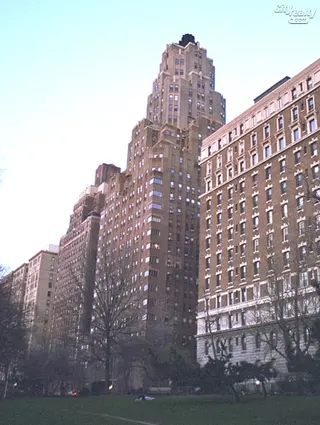
- Co-op built in 1929
- 1 apartment currently for sale ($375K)
- Located in Riverside Dr./West End Ave.
- 316 total apartments 316 total apartments
- 10 recent sales ($340K to $849K)
- Doorman
- Pets Allowed
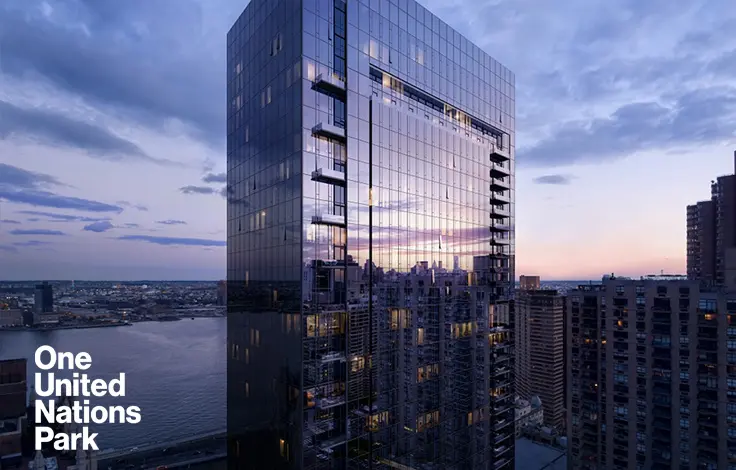
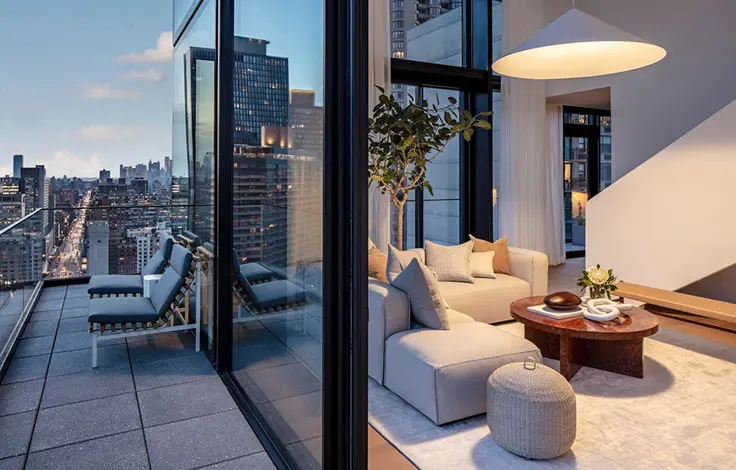
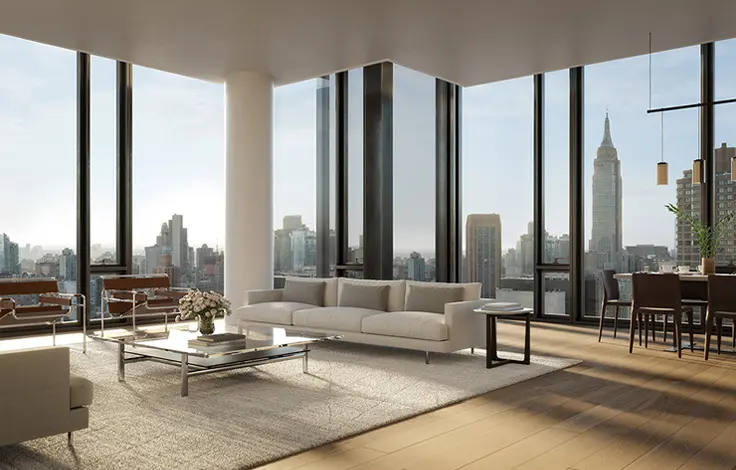

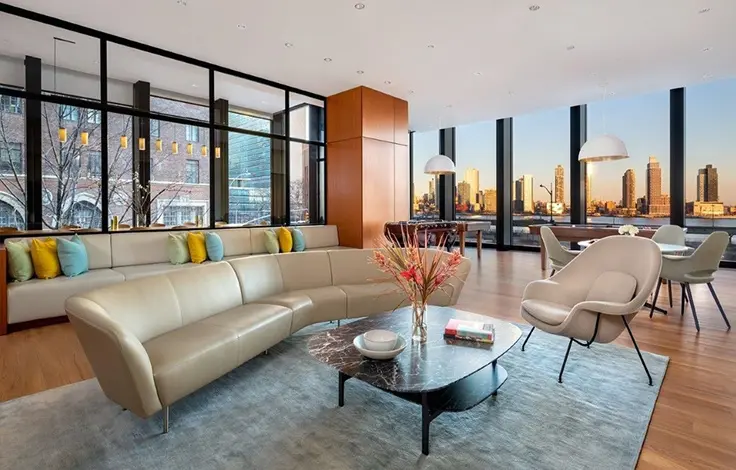
 6sqft delivers the latest on real estate, architecture, and design, straight from New York City.
6sqft delivers the latest on real estate, architecture, and design, straight from New York City.
